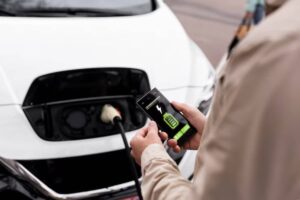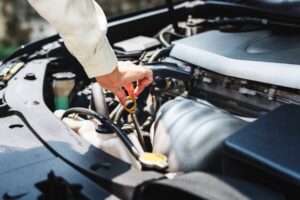The Automobiles Blog
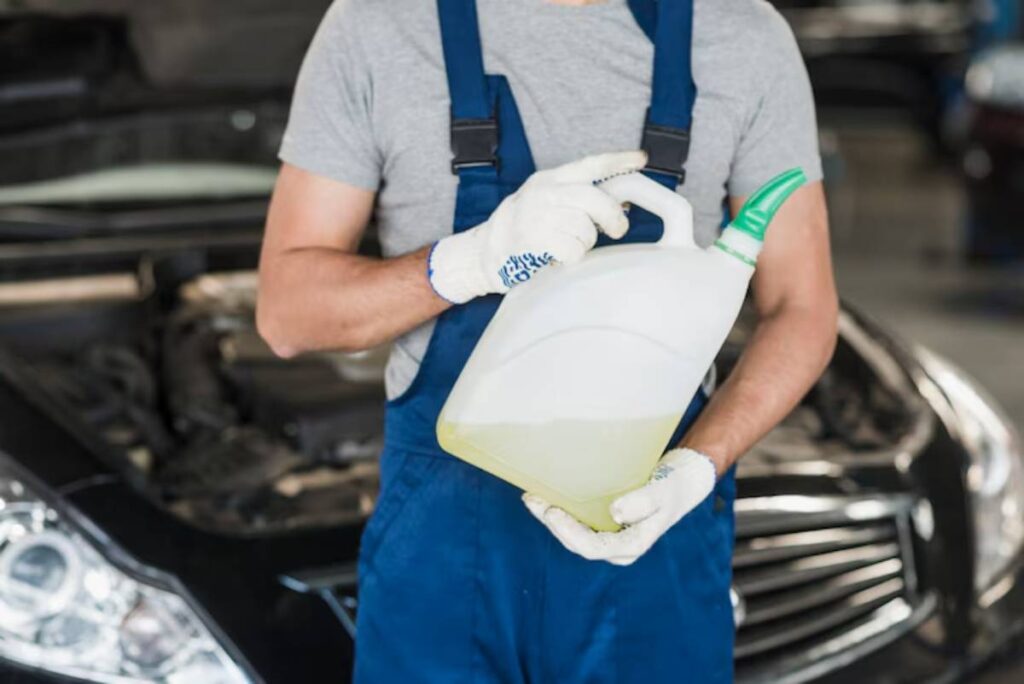
Top Fluids to Check in Hybrid Vehicles
You might have bought your hybrid vehicle for its efficiency, sustainability, or lower maintenance requirements. But lower doesn’t mean none. While hybrids are engineered to reduce wear and tear, they still rely on a set of critical fluids to keep everything running smoothly, from the engine to the electric motor and beyond.
And here’s the truth: even the most advanced hybrid system can come to a halt if essential fluids are overlooked. Unlike traditional petrol-only cars, hybrids may use two separate cooling systems, unique transmission fluids, and hybrid-specific brake systems — all needing regular checks to avoid costly repairs.
In this guide, we’ll walk you through a practical and approachable car fluid checklist, showing you which fluids to check, when to change them, and why they matter for the maintenance of hybrid systems. If you want your hybrid to stay efficient, responsive, and road-ready for years to come, this guide is your starting point.
1. Engine Oil – Still Relevant for Hybrids
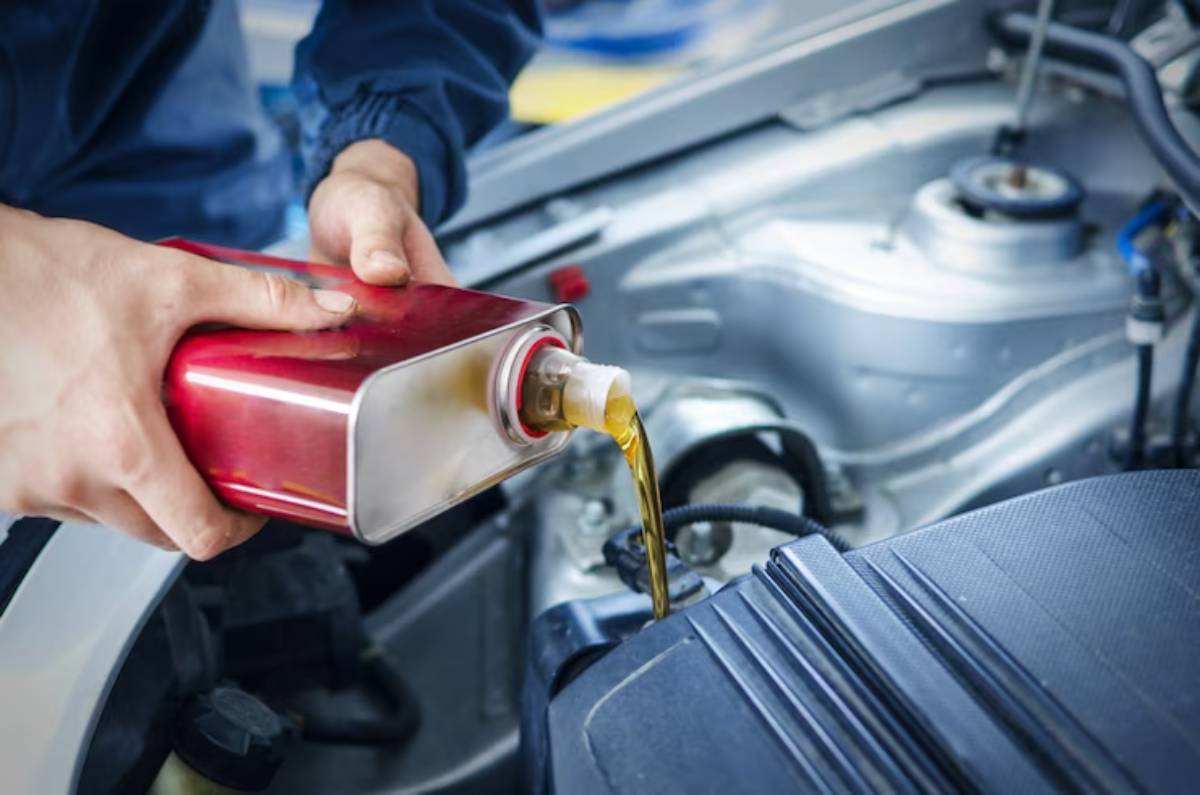
Why It’s Essential
Even though hybrids rely less on their internal combustion engine (ICE), that engine still needs regular lubrication when it’s in use. Engine oil prevents friction, overheating, and engine wear, especially during cold starts or when switching from electric to petrol power.
When to Check and Change
- Check monthly using the dipstick when the engine is cool.
- Change oil once every 12 months, or around 10,000 miles, whichever comes first — even if you haven’t reached the mileage cap.
Signs You Need a Change
- Dark, gritty oil on the dipstick
- Strange engine noises during petrol engine use
- Drop in fuel efficiency
Tip: Use manufacturer-recommended oil — usually synthetic, like 0W-20 for many hybrids.
2. Hybrid Transmission Fluid (eCVT Fluid)
Why It’s Often Overlooked
Hybrids don’t use traditional gear-based transmissions. Instead, many use an eCVT (electronic continuously variable transmission), which still requires fluid to cool and lubricate the system’s internal components.
What to Know
- Transmission fluid may not burn off like oil, but it degrades over time due to heat and use.
- A neglected transmission fluid can lead to jerky performance, noise, and even transmission failure.
When to Change
- Usually every 30,000–60,000 miles, but refer to your owner’s manual.
- If you hear whining or grinding noises, or feel delayed acceleration, get it checked.
Pro Tip: Hybrid transmission fluid is not interchangeable with regular automatic transmission fluid (ATF). Always use hybrid-specific fluids recommended by your manufacturer.
3. Coolant – Often Two Systems in One Car
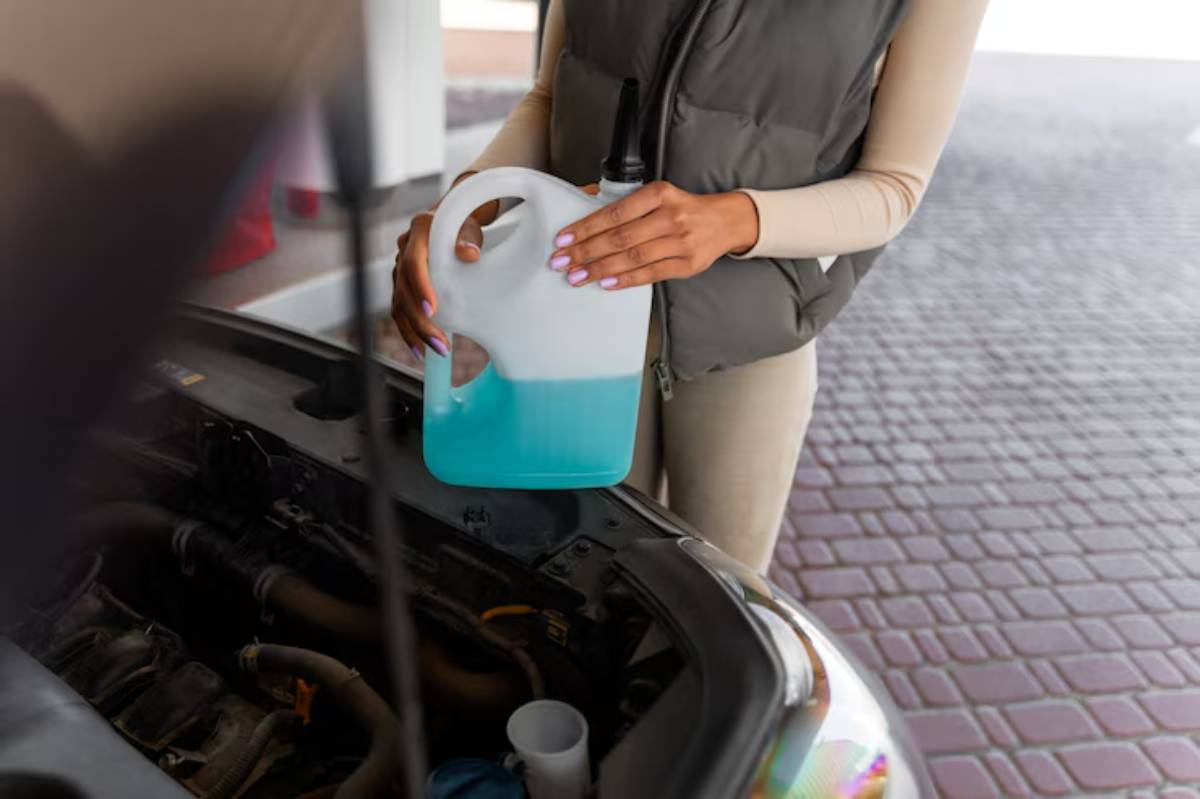
Why It’s Different in Hybrids
Unlike petrol cars that cool only the engine, most hybrids use two separate cooling systems:
- One for the internal combustion engine
- One for the electric motor, battery, and inverter
To understand how this works and impacts your car’s thermal management, explore our detailed post on how hybrid cooling systems work.
Why It Matters
Proper cooling prevents overheating and maintains peak performance, especially when the hybrid system is working hard in summer or during high loads.
What to Check
- Reservoir levels for both cooling loops (some hybrids clearly label both)
- Colour and clarity — should be bright (green, red, or blue, depending on type), not rusty or cloudy
When to Replace
- Every 5 years or 100,000 miles, whichever comes first
- Sooner if discoloured, or if overheating issues occur
Did You Know? Poor coolant maintenance is one of the most common reasons for inverter failure, a critical and expensive hybrid component.
4. Brake Fluid – Critical for Regenerative Braking
Hybrids Brake Differently
Hybrids use a combination of:
- Regenerative braking, which recharges the battery by slowing the car using the motor
- Traditional hydraulic braking for emergency stops and when regen is insufficient
But that doesn’t mean brake fluid can be ignored.
What to Watch For
- Check the fluid level in the master cylinder reservoir
- Look for fluid that is dark or smells burnt
When to Change
- Every 2 years or as specified by your manufacturer
- Sooner if braking feels spongy or weak
Warning: A loss in hydraulic pressure doesn’t just affect braking — it can cause your hybrid to switch off regenerative braking unexpectedly.
For more on how hybrids slow down, explore how regenerative braking works in hybrids.
5. Inverter Coolant – The Unsung Hero
What’s an Inverter?
The inverter converts DC battery power into AC electricity to run your electric motor, and it gets very hot in the process.
Why It Needs Its Own Fluid
The inverter has a dedicated coolant loop, usually separate from the main engine cooling system. Without adequate cooling, it risks thermal damage and performance issues.
When to Check
- Alongside your regular coolant inspection (usually labelled “INV COOL” or similar)
- Replace as part of your hybrid’s scheduled service interval, or every 5 years
Signs of Trouble
- Warning lights on the dashboard
- Diminished battery or electric drive performance
6. Windshield Washer Fluid – Simple but Necessary
Why It’s Worth Mentioning
It may seem minor, but a low washer fluid level in bad weather is both dangerous and inconvenient. In winter, make sure you’re using a low-temperature mix to prevent freezing.
Check Monthly
- Open the bonnet and locate the washer fluid reservoir (marked with a windscreen/water symbol)
- Top up with a diluted washer fluid or ready-mix
7. Power Steering Fluid – Check If Applicable
Note:
Many modern hybrids use electric power steering (EPS), which doesn’t require fluid. But if your hybrid has hydraulic or electro-hydraulic power steering, the fluid is still critical.
How to Check
- Check for a labelled dipstick cap under the bonnet
- Fluid should be clear and at the proper level
When to Replace
- Usually every 50,000–100,000 miles
- Sooner if you hear whining noises when turning or feel stiff steering
8. Air Conditioning Refrigerant – Hybrid Systems Often Run More
Why It’s Important
Your hybrid’s AC compressor may run more frequently to cool the cabin and electronic components like the battery pack.
What to Know
- You can’t check refrigerant levels easily at home
- But if your AC is underperforming or blowing warm air, you might need a recharge or a leak test
Annual Tip: Have your mechanic perform an AC performance test as part of your regular hybrid service.
Quick Hybrid Car Fluid Checklist Summary
Here’s a condensed list to use for your regular checks:
| Fluid Type | Check Frequency | Change Interval |
| Engine Oil | Monthly | 12 months / 10,000 miles |
| eCVT Transmission Fluid | Annually | 30,000–60,000 miles |
| Engine Coolant | Bi-annually | 5 years / 100,000 miles |
| Inverter Coolant | Bi-annually | 5 years |
| Brake Fluid | Monthly | Every 2 years |
| Washer Fluid | Monthly | As needed |
| Power Steering Fluid | Bi-annually | 50,000–100,000 miles |
| AC Refrigerant | Annually | As needed / on inspection |
Conclusion: A Fluid Routine That Powers Hybrid Longevity

Hybrid vehicles might feel like magic behind the wheel — whisper-quiet drives, smooth transitions, and fewer visits to the pump. But behind the scenes, these modern marvels still rely on time-tested components, many of which run on fluids that need care and attention.
By keeping up with a regular car fluid checklist, you’ll:
- Improve long-term efficiency
- Prevent overheating and wear
- Extend the life of key hybrid systems
- Avoid costly surprise repairs
It’s not about being a mechanic. It’s about being a proactive owner.
Take action today — print this checklist, schedule a fluid check, or speak with your technician at your next service. Your hybrid will repay you with a smoother, longer-lasting ride.



